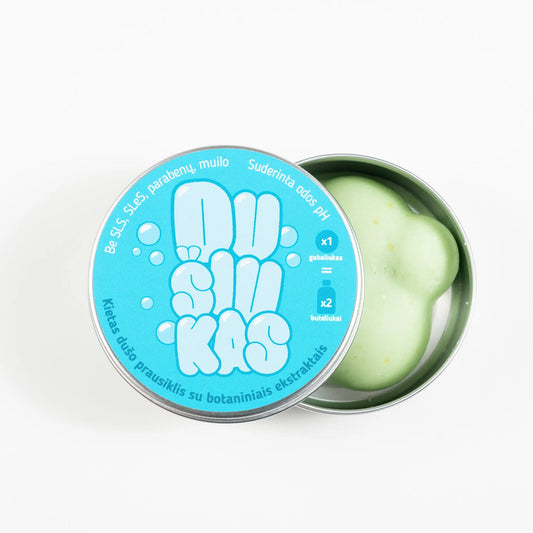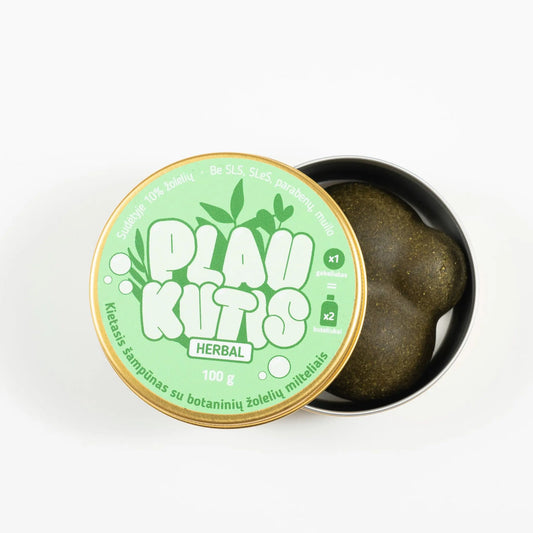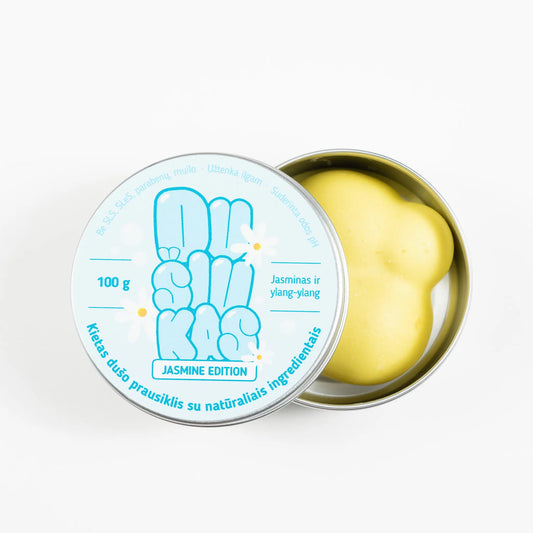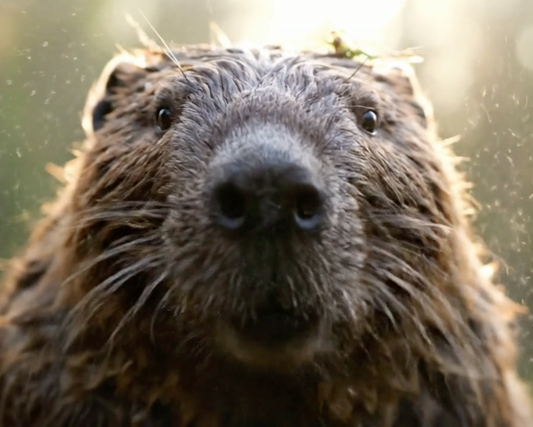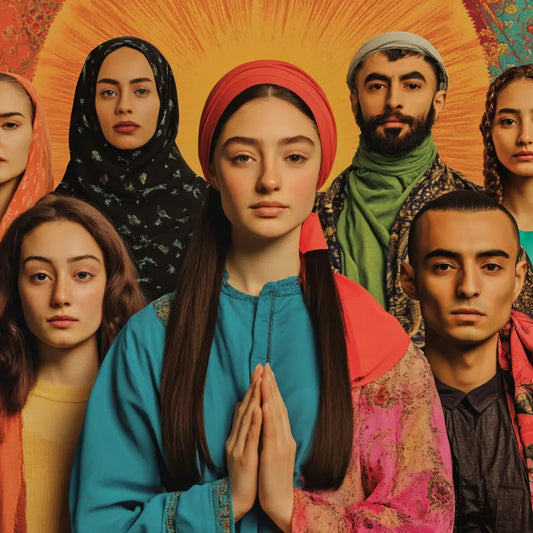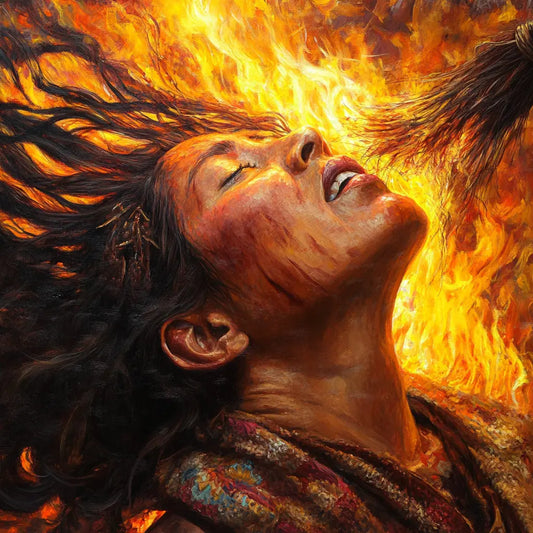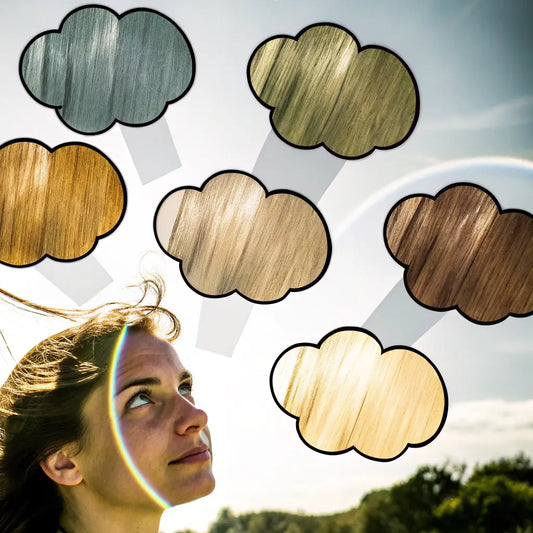The diversity of hair is one of the most fascinating aspects of human beauty. Hair varies greatly in texture, thickness, and curl patterns around the world. These differences are driven by factors such as geography, climate, and cultural standards of beauty. Whether hair is curly, wavy, or straight, its shape and structure are shaped by both genetics and environmental influences.
Understanding these factors is important for anyone looking to tailor their hair care routine to their individual needs. In this article, we will examine how hair types are distributed across the world's populations, discuss how climate and geography affect hair, and discuss the influence of beauty standards on hair care practices across cultures.
Distribution of hair types in the world
North America
North America is as diverse in hair as its people are. The region's population is of European, African, Native American, and Asian descent, so hair types range from straight to curly or coily. People of European and Asian descent tend to have straight hair, while people of African descent often have curly or coily hair. Native American hair is typically straight and thick.
- Fun fact : A 2018 study published in the International Journal of Trichology found that 44% of North American women have wavy hair, while 36% have curly or coily hair.

Because of this diversity, North America has an abundance of hair care products tailored to different hair types and textures. Hair care routines often focus on preserving moisture for curly and coily hair or controlling oiliness in straight hair.
South America
In South America, home to many different cultures and ethnicities, hair textures are mostly wavy and curly. This region, with its European, African, and indigenous origins, has very different hair types. In Brazil, where African and European ancestry are mixed with indigenous tribal heritage, hair is often thick and wavy or curly.
- Interesting fact : Studies show that South American populations have a higher hair density – around 200 hairs per cm² , compared to European or Asian populations, whose hair density ranges between 150-180 hairs per cm² .
Because of this higher density and thicker hair, South American hair often requires hydration, especially in humid climates. Natural oils such as coconut oil are often used to moisturize and nourish the hair.

Africa
African hair is a diverse group of hair textures, but the most common are spiral and tightly coiled hair. African hair is distinguished by its structure, often forming a Z-shaped spiral, which causes significant shrinkage and dryness. It is not uncommon for African hair to shrink to as much as 75% of its original length when it dries.
- Fun fact : A 2016 study published in The Journal of Ethnic and Cultural Hair Care found that African hair grows an average of 0.9 cm per month , which is a slower growth rate compared to other ethnic groups. However, African hair is more resistant to heat and chemical damage due to its thicker cuticle layers.
In Africa, traditional hair care practices include protective hairstyles such as braids, twists, and dreadlocks, which help maintain hair health by reducing manipulation and retaining moisture.

Asia
Straight and thick hair is prevalent in Asia, especially in East Asia. Asian hair is smoother and thicker in texture, with each hair strand having about 10-12 cuticle layers , compared to 6-8 layers for European hair types. This gives Asian hair a natural shine and greater resistance to breakage, but it is also more prone to greasiness.

- Fun fact : A 2017 study published in PLOS One revealed that East Asian hair grows faster than other hair types—an average of 1.3 cm per month , making it the fastest-growing hair in the world.
Asian hair care challenges include oil control and maintaining volume, as straight hair can stick to the scalp. Mild shampoos and volumizers are commonly used.
Europe
A wide range of hair types can be found in Europe, from straight to wavy and curly, with clear differences between Northern and Southern Europe. Northern Europeans tend to have straight or wavy hair, while Southern Europeans tend to have thicker and curlier hair. Northern climates can dry out hair, while in Southern Europe, the warmer climate can cause a more oily scalp.

- Fun fact : A 2020 study published in the European Journal of Dermatology found that 35% of women in Northern Europe report hair thinning or receding hairline after the age of 50, which is more common in this region due to lower sun exposure, which affects vitamin D levels.
Products that add volume, moisturize, and protect against heat and styling damage are popular in Europe.
How Geography and Climate Affect Hair Types
Climate and hair texture
Geographic and climatic factors play a major role in determining hair texture. For example, high humidity increases the moisture content in the air, which causes the hair cuticles to expand. This causes frizz, especially in wavy and curly hair. People living in tropical regions such as Southeast Asia or the Amazon rainforest often face the problem of frizz due to the humid climate.
- Fact : A 2021 study found that 60% of women in humid regions experience frizz or changes in hair texture during the rainy season. The study, published in the International Journal of Cosmetology , also showed that anti-frizz products can reduce this problem by 40% if used regularly.

In dry climates like the Middle East or North Africa, hair can become brittle. The lack of moisture in the air strips the hair of its natural oils, leading to breakage. Protective hairstyles, oils, and moisturizing treatments are often used in these regions to combat dryness.
Geographic influence on hair characteristics
Over millennia, human populations have adapted to their environments, and this is reflected in the characteristics of their hair. For example, people living in cold climates, such as Northern Europe, tend to have thicker, straighter hair. This hair helps retain heat and protect the scalp from the cold. Meanwhile, in warm climates, such as sub-Saharan Africa, curly hair is more common, which helps dissipate heat and keep the scalp cool.
- Fun fact : A 2019 genetic study published in Nature Genetics found that the gene FGF5 , which regulates hair length and growth cycles, is more common in populations with long, straight hair (such as East Asians and Northern Europeans). The gene is less common in populations with curly hair, suggesting a genetic adaptation to colder climates.
UV radiation also affects hair evolution. Darker hair is more common in regions with higher exposure to sunlight, such as Africa and South America, because it provides better protection against sun damage. Meanwhile, lighter hair is more common in regions with lower exposure to sunlight, such as Northern Europe, where UV protection is not as important.
Hair Types and Cultural Beauty Standards
Cultural preferences for hair types
Cultural beauty standards have always influenced how hair is styled, maintained, and valued. In East Asia, long, straight hair is traditionally considered a symbol of elegance and beauty. In South America, where there is a strong indigenous and African heritage, voluminous, curly hair is valued.
Hair holds great cultural significance in African countries. Braids, dreadlocks, and other hairstyles not only help maintain hair health, but also symbolize cultural identity and pride in one's heritage.
- Fun fact : A 2020 study found that 75% of women in Brazil prefer to wear their hair in its natural texture, reflecting the cultural appreciation of curly and wavy hair in the region.
The impact of globalization on beauty standards
Globalization has greatly affected beauty standards, and global media has influenced local hair trends. Social media has popularized a variety of hair types, and people around the world are increasingly embracing their natural hair. Movements such as the natural hair movement , which originated in the African-American community, have spread around the world, encouraging women to celebrate their natural curls and spirals.
- Fact : A 2019 study by Cosmopolitan magazine found that 82% of women in the U.S. have transitioned from chemically straightened hair to their natural texture, indicating a growing shift in beauty standards toward more diverse hair acceptance.
Myth busting and interesting facts about hair types
-
Myth : Curly hair is always dry.
Fact : Although curly hair loses moisture more quickly due to its structure, with proper hydration it can be just as healthy as straight hair. -
Myth : Hair grows faster in warm climates.
Fact : The rate at which hair grows depends largely on genetics. While climate can affect the behavior of hair, it has little effect on how fast it grows. - Fun fact : Each strand of hair can support up to 100 grams of weight. The entire mass of hair on a head could support two elephants!
- Fun fact : On average, a person loses 50 to 100 hairs per day as part of the natural hair cycle.
-
Myth : Washing your hair every day makes it healthier.
Fact : Washing your hair too often can strip your scalp of its natural oils, making it dry. Experts recommend washing your hair 2-3 times a week to maintain optimal health.

Practical tips on how to adapt hair care to your hair type
- For curly or coily hair : Use deeply moisturizing products and oils like shea butter or argan oil to lock in moisture. Protective hairstyles help reduce breakage.
- For straight hair : Choose lightweight products that control oil and add volume. Use dry shampoo between washes to keep it clean.
- For wavy hair : Avoid heavy products that can weigh down your waves. Use lightweight creams or mousses to enhance your natural wave pattern.
- For thick hair : Regular trims help prevent breakage. Deep conditioning treatments help retain moisture and control volume.
- For thin hair : Use volumizing shampoos and avoid heavy conditioners, which can reduce hair volume. Volumizing products like mousses or sprays can also help lift hair from the roots.
Frequently asked questions
-
What hair type is the most common in the world?
Straight hair is the most common, especially in Asia and parts of Europe. -
How does humidity affect curly hair?
Humidity causes the hair cuticle to swell, which leads to frizz, especially for wavy and curly hair. -
Can climate change permanently change hair texture?
While long-term exposure to a certain climate may affect the behavior of your hair, it likely won't alter its natural texture. -
What is the best way to protect your hair in cold climates?
Use rich conditioners and oils to retain moisture, and wear silk or satin scarves and pillowcases to protect against static electricity. -
Do different cultures influence hair care routines?
Yes, many cultures have traditional hair care practices tailored to the needs of local hair types, often using natural ingredients like oils and herbs.
Conclusion
Understanding the global diversity of hair is essential to adopting the right hair care routine. Whether your hair is straight, wavy, curly, or coily, knowing how climate, geography, and culture shape your hair can help you create the most appropriate care plan. Celebrate your unique hair type and remember that every texture is beautiful in its own way.

